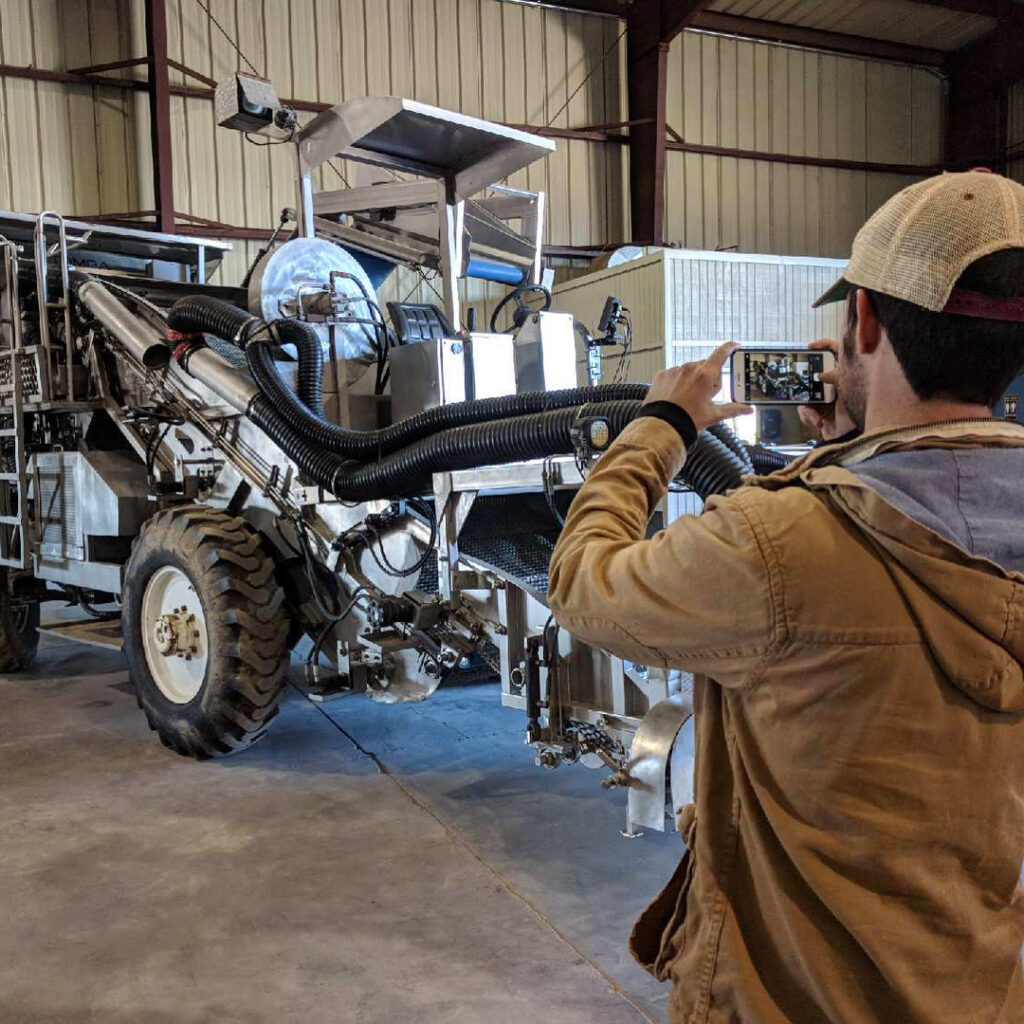By Walt Duflock, Vice President, Innovation
Agtech innovation has enabled agricultural production to grow over 300% in the last 70 years, while losing almost 70% of the ag workforce (both family members and hired farmworkers).
Despite all the progress in ag productivity, every year acreage gets planted and does not get harvested, often because of a lack of available labor. Innovation is already helping, with machines that can plant, thin, weed, and harvest, as well as automating much of the irrigation process with innovations like drip technology and automatic sprinkler systems. Most believe innovation will need to provide more help and that it would be better if it arrived faster.
Western Growers launched the Global Harvest Automation Initiative to help do just that—increase the amount of ag product that is harvested by robots to 50% in 10 years.
This push for automation has exposed a related challenge—not only is ag short of workers generally, but there is also a greater need for workers with the skill sets necessary to work with and manage all the new innovation solutions. WG hosted the Salinas Valley Virtual AgTech Summit in March with the panel of Miles Reiter, Tom Nunes, and John D’Arrigo making it clear that we need to do two things in the industry: (1) make a career in agriculture a great idea for the youth of America; and (2) transition the agriculture workforce to master rapidly-developing agricultural technology during the next few decades.
So, what does this transitioned workforce look like and what will they be doing? Ideally, they have a knowledge base in agriculture complimented by a range of innovation subject matters—part engineer, part agronomist, part biologist, part chemist, part analytics, and part problem solving. They will be designing and developing automation solutions to improve a lot of early technologies in the field and building new ones that do not yet exist. They will manufacture the robots and manage the robots in the field, and they will know when something goes wrong and how to fix it quickly and efficiently, sometimes on their own and sometimes with help from partners. They will understand irrigation, water testing, and food safety. Clearly, a cross-disciplinary approach is required.
Western Growers is working with our partners at the University of California on an overall framework that we believe can help create the next gen ag workers that are needed, and can do it at scale. A three-piece framework on an annual cycle is needed:
1. Work with educators, innovators, and growers to define the curriculum requirements;
2. Use that curriculum content to build a Train-the-Trainer (TTT) program to help get educators up to speed on the new curriculum and how best to teach it to students; and
3. Deliver an annual week-long event that delivers the TTT curriculum to educators from the UC, California State University, and California Community College systems.
In short, build the curriculum in the winter, get it ready to train in spring, and deliver it to educators in a way they can start using it instantly in the summer. Repeat the cycle annually with upgrades based on new innovations, new regulations, and new learning from all the key stakeholders. It won’t be built overnight, but I believe we can get the key steps executed during the 2021-22 school year and launch the first Institute in the summer of 2022. WG looks forward to working with our members and partners to execute on this vision.




